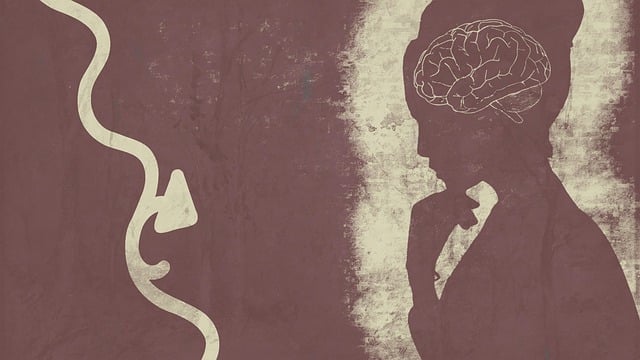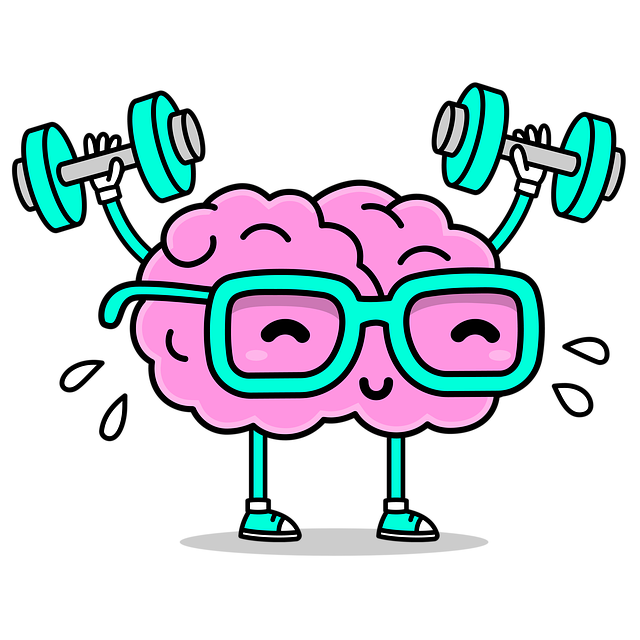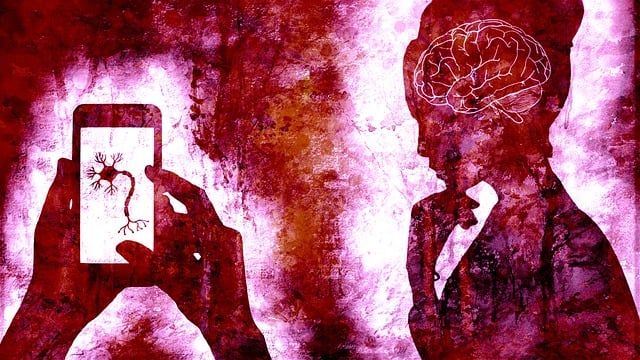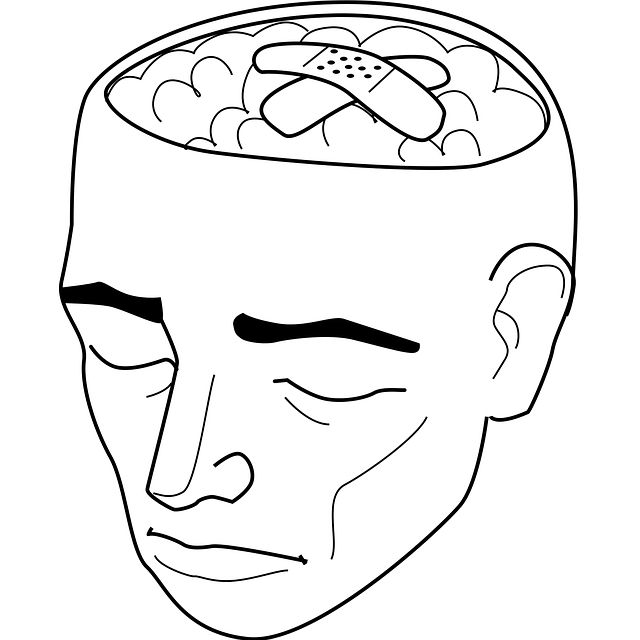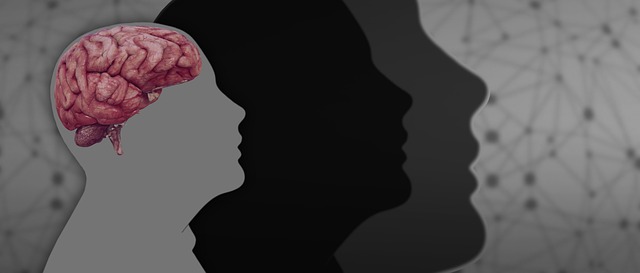Englewood EMDR Certified Therapy revolutionizes mental health treatment by combining robust data analysis with Eye Movement Desensitization and Reprocessing (EMDR) techniques. Through meticulous collection and preparation of patient data, therapists gain insights to tailor treatments, including anxiety relief strategies and mindfulness meditation for burnout prevention. Integrating cultural sensitivity and visualization tools, this approach facilitates emotional healing from trauma, enhances mental health awareness, and improves therapeutic outcomes, making it a groundbreaking solution in the field.
Mental health data analysis is a critical component of effective treatment planning, yet it can be complex. This article explores essential aspects of interpreting mental health data using evidence-based techniques like EMDR (Eye Movement Desensitization and Reprocessing), a proven game-changer in therapy. We’ll delve into the process of understanding and preparing mental health data, applying EMDR insights, and effectively visualizing and communicating findings for optimal patient care, with a focus on Englewood EMDR Certified Therapy.
- Understanding Mental Health Data: Collection and Preparation
- Applying EMDR Therapy Techniques for Data Interpretation
- Unlocking Insights: Visualizing and Communicating Findings
Understanding Mental Health Data: Collection and Preparation

Understanding Mental Health Data is a crucial step in providing effective therapy and support. The process begins with data collection, which involves gathering information from various sources such as patient records, surveys, and clinical assessments. In the context of Englewood EMDR Certified Therapy, this may include detailed notes on symptoms, treatment history, and client narratives. Accurate documentation is essential to ensure that the data reflects the nuanced experiences of individuals seeking help for their mental health concerns.
Once collected, raw data requires careful preparation. This involves cleaning the data to remove any errors or inconsistencies and transforming it into a structured format suitable for analysis. Techniques such as normalisation and standardisation are employed to ensure comparability across different datasets. By preparing the data meticulously, therapists can gain valuable insights that inform treatment plans, tailor interventions like Anxiety Relief strategies, and even predict potential Burnout Prevention measures through Mindfulness Meditation practices.
Applying EMDR Therapy Techniques for Data Interpretation

Englewood EMDR Certified Therapy offers a powerful framework for analyzing and interpreting mental health data. Eye Movement Desensitization and Reprocessing (EMDR) is a well-researched therapeutic approach that facilitates emotional healing processes by helping individuals process traumatic memories and distressing experiences. Through specific bilateral stimulation techniques, such as side-to-side eye movements or tactile taps, EMDR therapy activates the brain’s natural healing mechanisms, allowing individuals to reprocess traumatic memories and reduce their associated negative emotions and beliefs.
By integrating cultural sensitivity in mental healthcare practice, Englewood EMDR Certified Therapy ensures that data interpretation respects diverse perspectives and experiences. This involves understanding how cultural factors influence emotional responses and adaptive behaviors, enabling therapists to tailor interventions for optimal effectiveness. Conflict resolution techniques, a key component of EMDR therapy, are utilized to help clients resolve internal conflicts arising from traumatic events, fostering resilience and promoting positive mental health outcomes.
Unlocking Insights: Visualizing and Communicating Findings

Englewood EMDR Certified Therapy offers a powerful tool for mental health professionals to unlock insights hidden within vast datasets. By employing advanced visualization techniques, therapists can transform complex data into understandable and actionable information. This process involves creating insightful graphs, charts, and infographics that convey key findings, making it easier for both professionals and clients to grasp the data’s meaning.
Visualizing mental health trends, patterns, and correlations allows for more effective communication of treatment outcomes and progress. For instance, a therapist might use these tools to demonstrate the impact of Mindfulness Meditation sessions on a client’s stress levels or track Burnout Prevention strategies over time. Such visualizations not only enhance Mental Health Awareness but also facilitate informed decision-making, tailored interventions, and ultimately, improved therapeutic outcomes.
Mental health data analysis is a powerful tool in the hands of skilled practitioners, such as those certified in Englewood EMDR therapy. By understanding data collection and preparation, applying effective interpretation techniques like EMDR, and unlocking valuable insights through visualization, mental health professionals can offer tailored, evidence-based treatments. This comprehensive approach not only enhances patient outcomes but also contributes to a more nuanced and effective landscape of mental health care.

